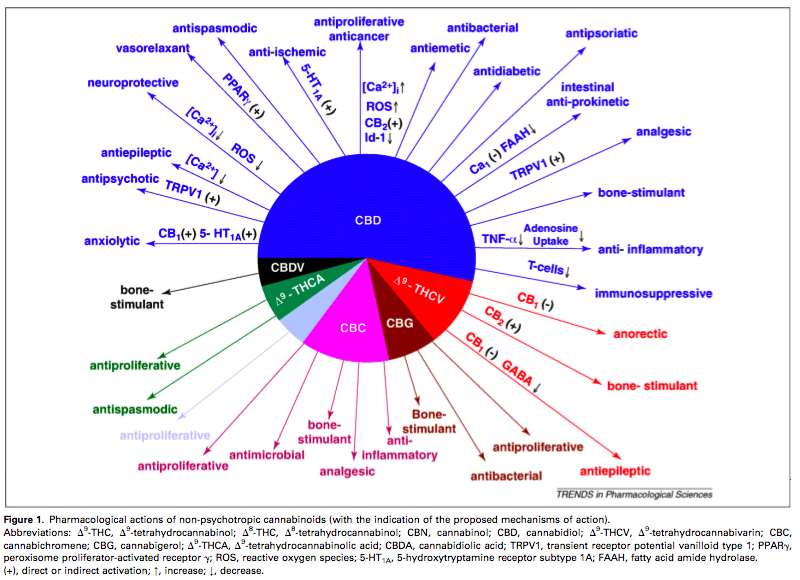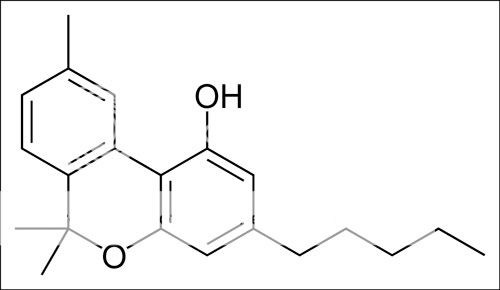mattthematic
Member
Hello All ,
New user here . Not so new grower . No old timer either .
I recently have taken to testing my strains for THC % with a local lab . I am noticing the grows that get great user reviews do not necessarily have the highest THC % . In fact , the local favorite is coming in at 9% , which is half of my other strains !
I do not think the lab is at fault . I think there is a lot more to the quality of the high than THC % . In addition , I am starting to question the reasoning behind the commonly held notion that Sativas are always energetic and Indicas are sleepers .
There is a BBC documentary that really seems to confirm this . See YouTube http://www.youtube.com/watch?v=T2cAFRAX3Gs .
Does anybody have similar observations ?
I am trying to understand why some strains make people giggle and chat and others make people sleep . THC % is not the deciding factor . CBD ? CBN ? Other Magic Stuff ?
Thank You ,
Matt Thematic
New user here . Not so new grower . No old timer either .
I recently have taken to testing my strains for THC % with a local lab . I am noticing the grows that get great user reviews do not necessarily have the highest THC % . In fact , the local favorite is coming in at 9% , which is half of my other strains !
I do not think the lab is at fault . I think there is a lot more to the quality of the high than THC % . In addition , I am starting to question the reasoning behind the commonly held notion that Sativas are always energetic and Indicas are sleepers .
There is a BBC documentary that really seems to confirm this . See YouTube http://www.youtube.com/watch?v=T2cAFRAX3Gs .
Does anybody have similar observations ?
I am trying to understand why some strains make people giggle and chat and others make people sleep . THC % is not the deciding factor . CBD ? CBN ? Other Magic Stuff ?
Thank You ,
Matt Thematic






